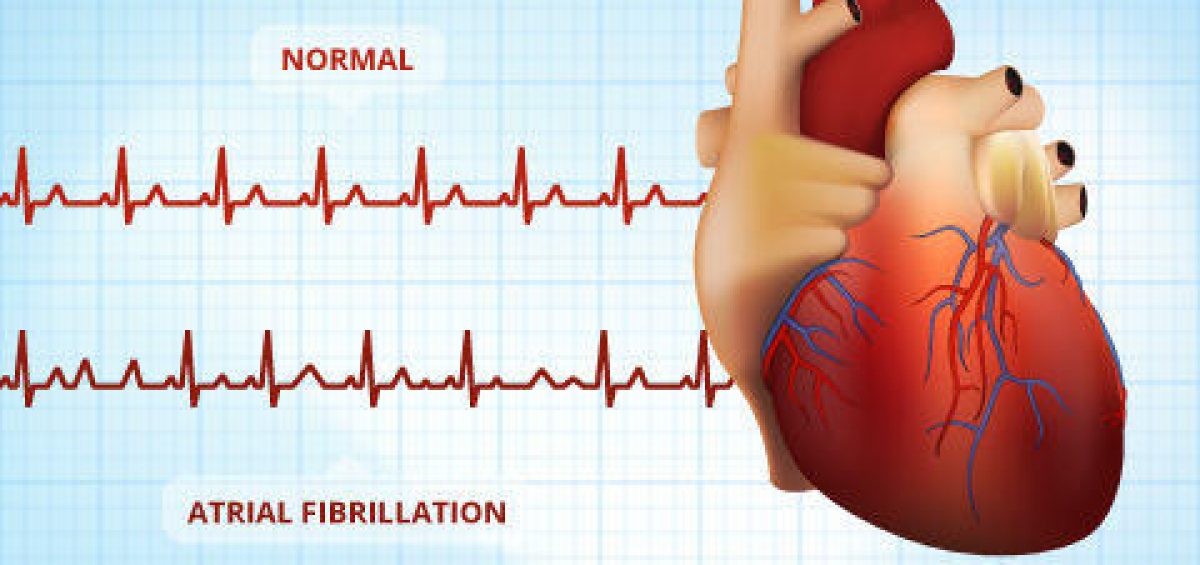
These findings contribute to better understanding of wound healing mechanisms and could give a support in finding new therapeutic approaches for wound healing and tissue regeneration. DPP IV/CD26 activity was found to be decreased 4 days postwounding in serum and 2, 4, and 7 days postwounding in wounds of wild-type animals compared with control skins. CD26 -/- mice have significantly higher values of IP-10 in serum and control skins compared with wild-type mice but values in wounds did not differ significantly on days 2, 4, and 7 of wound healing.
ATRIAL FIBRILLATION IVCD SKIN
CD26 deficiency induced prompt macrophage recruitment at the site of skin damage but did not influence mobilization of T-cells in comparison with wild-type mice. Obtained results revealed a better rate of wound closure, revascularization and cell proliferation in CD26 -/- mice, with enhanced local expression of hypoxia-inducible factor 1α and vascular endothelial growth factor. The process of cutaneous wound healing was monitored on defined time schedule postwounding by macroscopic, microscopic, and biochemical analyses. Experimental wounds were made on the dorsal part of CD26 deficient (CD26 -/- ) and wild-type mice (C57BL/6). The aim of this study was to investigate the process of wound healing in conditions of CD26 deficiency in order to obtain better insights on the role of DPP IV/CD26 in cutaneous regeneration. However, despite its known enzymatic and immunomodulative functions, limited data characterize the role of DPP IV/CD26 in cutaneous wound healing mechanisms. It has potential influence on different processes crucial for wound healing, including cell adhesion, migration, apoptosis, and extracellular matrix degradation. Involvement of DPP IV/CD26 in cutaneous wound healing process in mice.īaticic Pucar, Lara Pernjak Pugel, Ester Detel, Dijana Varljen, Jadrankaĭipeptidyl peptidase IV (DPP IV/CD26) is a widely distributed multifunctional protein that plays a significant role in different physiological as well as pathological processes having a broad spectrum of bioactive substrates and immunomodulative properties. Patients with R- IVCD constitute a subgroup of patients with a long Q-LV interval. Mid-QRS notching in lateral leads strongly predicts a longer Q-LV interval in L- IVCD patients. Patients with LBBB have a very prolonged Q-LV interval. The R- IVCD group presented an unexpectedly longer Q-LV interval (127.0 ± 12.5 ms 13/15 patients had Q-LV >110 ms). Isolated mid-QRS notching/slurring predicted Q-LV interval >110 ms in 68% of patients.

Patients with LBBB presented a long Q-LV interval (147.7 ± 14.6 ms, all exceeding cutoff value of 110 ms), whereas RBBB patients presented a very short Q-LV interval (75.2 ± 16.3 ms, all 150 ms and intrinsicoid deflection >60 ms. The Q-LV interval in the different groups and the relationship between ECG parameters and the maximum Q-LV interval were analyzed. The IVCD group was further subdivided into 81 patients with left (L)- IVCD and 15 patients with right (R)- IVCD (resembling RBBB, but without S wave in leads I and aVL). One hundred ninety-two consecutive patients undergoing CRT implantation were divided electrocardiographically into 3 groups: left bundle branch block (LBBB), right bundle branch block (RBBB), and nonspecific intraventricular conduction delay ( IVCD).


The purpose of this study was to assess the impact of Q-LV interval on ECG configuration. Pastore, Gianni Maines, Massimiliano Marcantoni, Lina Zanon, Francesco Noventa, Franco Corbucci, Giorgio Baracca, Enrico Aggio, Silvio Picariello, Claudio Lanza, Daniela Rigatelli, Gianluca Carraro, Mauro Roncon, Loris Barold, S SergeĮstimating left ventricular electrical delay (Q-LV) from a 12-lead ECG may be important in evaluating cardiac resynchronization therapy (CRT). ECG parameters predict left ventricular conduction delay in patients with left ventricular dysfunction.


 0 kommentar(er)
0 kommentar(er)
